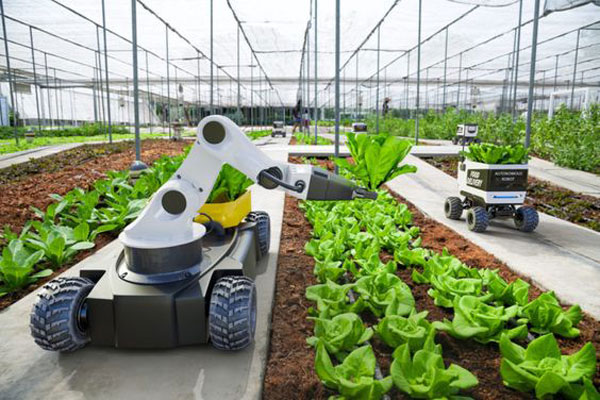Crops
Gralic

Gralic
Garlic (Allium sativum) is one of the oldest and most widely used vegetables in the world. It is believed to have originated in Central Asia or Iran, with evidence of its cultivation dating back over 5,000 years. Garlic spread to various cultures and civilizations due to its medicinal and culinary benefits, and it has become a staple ingredient in many global cuisines.
Global Area and Production
Garlic is cultivated on approximately 2 million hectares globally, with major production occurring in China, India, South Korea, and Egypt. China is the largest producer by a significant margin, while India ranks as the second-largest producer, contributing a substantial portion of the world’s garlic supply.
Uses of Garlic
- Culinary: Garlic is widely used for its distinctive flavor and aroma. It is a key ingredient in a variety of dishes, including sauces, soups, and stir-fries. Garlic is used fresh, roasted, or dried and powdered.
- Medicinal: Garlic has been used in traditional medicine for its potential health benefits, including its antibacterial, antiviral, and anti-inflammatory properties. It is believed to aid in cardiovascular health, boost the immune system, and support digestion.
- Industrial Uses: Garlic extracts are used in dietary supplements and in the production of natural insect repellents and preservatives.
Garlic Cultivation in India
Major Growing Areas
In India, garlic is primarily grown in the states of Madhya Pradesh, Maharashtra, Gujarat, Uttar Pradesh, and Haryana. Madhya Pradesh is the leading producer, contributing significantly to the country's total garlic output.
Climate Requirements
- Temperature: Garlic prefers a temperate climate with cool winters and moderate temperatures. The ideal temperature range for garlic cultivation is between 10-25°C. Garlic is sensitive to high temperatures and frost.
- Rainfall: Garlic requires moderate rainfall or irrigation. Excessive moisture can lead to fungal diseases, so well-drained soil is essential.
Soil Requirements
Garlic thrives in well-drained, loamy or sandy soils rich in organic matter. The ideal soil pH for garlic cultivation is between 6.0 and 7.0. Soil should be loose and well-aerated to allow the garlic bulbs to develop properly and prevent waterlogging.
Blog
Explore Our Blog
About Us
Welcome to Agriplaza
Welcome to Agriplaza. India's first and only comprehensive digital platform dedicated to agriculture and farmers. Explore widest range of related data our figures speaks a lot.
718646
Visitors
239
Diseases
131
Pests




